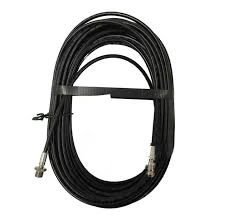Ford Power Steering Hose Replacement | High-Quality Steering Solutions
Understanding Ford Power Steering Hoses Importance and Maintenance
Understanding Ford Power Steering Hoses Importance and Maintenance
Power steering hoses are typically made from rubber or reinforced plastic, designed to withstand high pressures generated by the hydraulic system. There are usually two types of hoses in a power steering setup the high-pressure hose, which carries fluid from the pump to the steering gear, and the low-pressure return hose, which returns the fluid back to the reservoir. Over time, exposure to heat, pressure, and environmental factors can lead to degradation, resulting in leaks or even complete hose failure.
ford power steering hose

Regular inspection of power steering hoses is vital. Drivers should look for signs of wear such as cracks, bulges, or leaks. A common indicator of power steering issues is difficulty in steering or a whining noise when turning the wheel, both of which may suggest a problem with the power steering fluid flow, potentially linked to hose issues.
Replacing damaged hoses promptly is critical. Continuing to drive with faulty power steering hoses can not only impair steering performance but can also lead to more extensive damage to the power steering pump or the steering system itself, resulting in costly repairs. When replacing hoses, it is advisable to use OEM (Original Equipment Manufacturer) parts to ensure compatibility and maintain the vehicle’s integrity.
In summary, Ford power steering hoses play a pivotal role in ensuring the smooth operation of your vehicle's steering system. Regular maintenance checks, coupled with prompt replacements of any damaged hoses, can enhance vehicle safety and performance. By staying vigilant about the condition of these hoses, Ford owners can enjoy a smoother driving experience while prolonging the life of their power steering system.
-
Ultimate Spiral Protection for Hoses & CablesNewsJun.26,2025
-
The Ultimate Quick-Connect Solutions for Every NeedNewsJun.26,2025
-
SAE J1401 Brake Hose: Reliable Choice for Safe BrakingNewsJun.26,2025
-
Reliable J2064 A/C Hoses for Real-World Cooling NeedsNewsJun.26,2025
-
Heavy-Duty Sewer Jetting Hoses Built to LastNewsJun.26,2025
-
Fix Power Steering Tube Leaks Fast – Durable & Affordable SolutionNewsJun.26,2025

